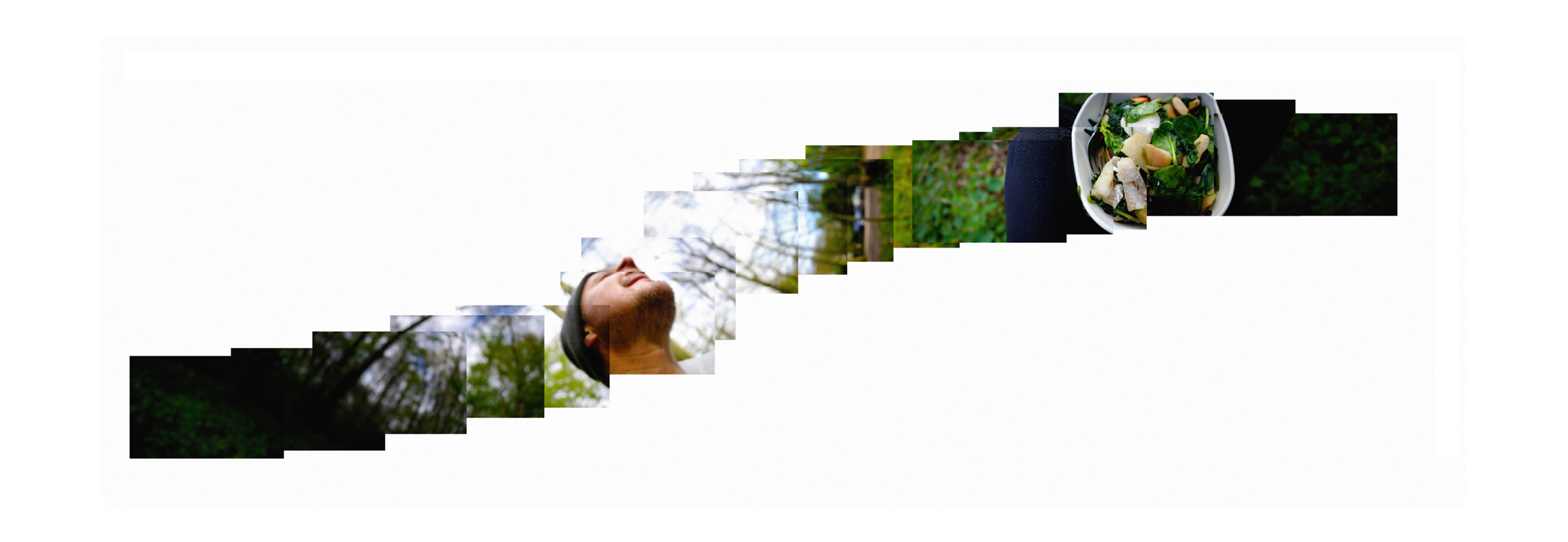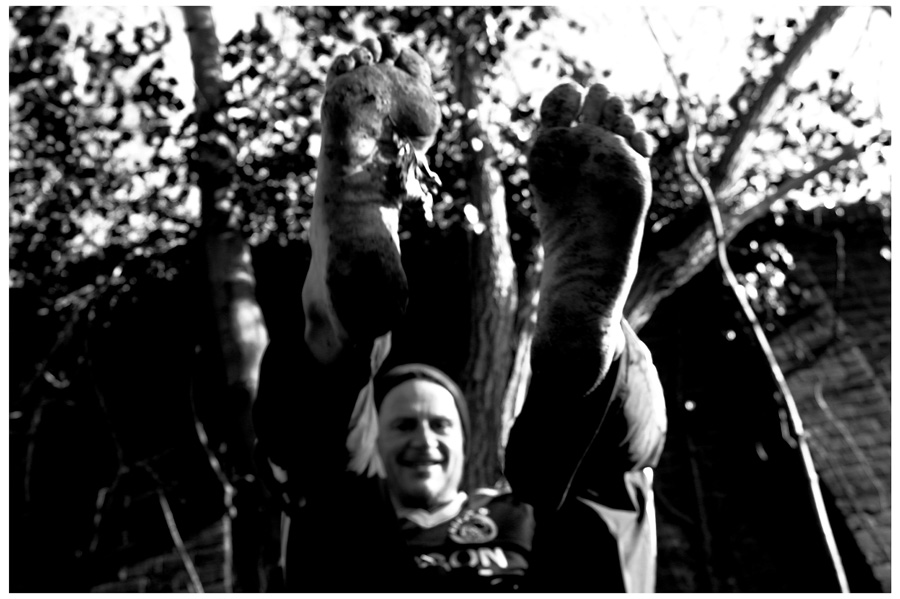Training/today/after_footprint/ice/sunny/30K
- Details
- Hits: 4423

Friday-training/after_two_day_break/below_zero/ice/sunny/good_wind
Breakfast
- Details
- Hits: 4354

Duin and Kruidberg, 360° yesterday. Dust [ to dust ]
Min/max temperature: 11°C/15°C; humidity: 73%; precipitation: 0 mm; sea level pressure: 1024.80 hPa; wind: WNW 8.0 km/h; visibility: 14.3 kilometres; Clouds: Few 914 m., Partly Cloudy 1005 m.; Moon: Waxing Gibbous 92% illuminated
"Es gibt augenblicke, in denen ich sehr diktatorisch bin. Ich habe zwar auch Filme gemacht, die anders gedreht worden sind, aber wenn der Druck zu groβ wird, dann werde ich zum Diktator. Wenn die Arbeit schwierig ist, oder wenn das Ganze schlecht läuft, wenn die leute auch noch auf einem herumtrampeln, anstatt einem zu helfen, dann bleibt halt nur noch die Diktatur. [...] Von dem, was wahrscheinlich sehr viele Leute beängstigt, hoffe ich letztlich, daβ es sie sensibilisiert, auch für das, was deutsche Geschichte ist. Das ist auch nötig und notwendig. Denn wenn das, was die Deutsche Geschichte ist, abermals verdrängt wird, fängt im Untergrund wieder etwas zu rumoren an. Durch das >Dritte Reich< ist das alles nicht verarbeitet."
Rainer Werner Fassbinder in 'Rainer Werner Fassbinder, Bilder und Dokumente', page 22, 56, by Hans Gunther Pflaum, first published in 1992 by edition Spangenberg, München, Germany
Run, Rhythm, Landscape
- Details
- Hits: 4313

Haarlem, today. Winter training is creating our own summer [ generating warmth in the rhythm of the landscape ]
Parallel Universe
- Details
- Hits: 4338

Kennemer Dunes National Park, 360°, today. National park [ parallel universe ]
Above: Chow-chow: Fish from Alaska , Red-Peppers from Spain, Mozzarella from Italy, Spinach and Apple from Holland, Ginger and Garlic from China, Brazilian nuts from Bolivia.
Min/max temperature: 5°C/10°C; humidity: 67%; precipitation: 2 mm; sea level pressure: 1015 hPa; wind: North 17.7 km/h; visibility: 10.0 kilometres; Clouds: Few 914 m.; Moon: Waxing Crescent, 8% visible
"The myth that program content is determined by the preferences of the viewing majority is widely accepted. Television preferences reflect what viewers are given to choose from. The offerings that are broadcast are determined by commercial considerations as well as popularity ratings, which do not always match. Programs that capture large audiences are discontinued if the people they attract do not fit the age (18 - 49) or income categories that advertisers wish to influence. Thus, popular programs that deliver the wrong kinds of viewers from a commercial standpoint are retired for unfavourable "demographics" despite their wide acceptance because they fetch low advertising rates .[…] Since people who lack purchasing power hold little interest for advertisers, disadvantaged minorities tend to be underexposed in survey samples of television preferences. […] Program production cost per thousand viewers therefore strongly influences what gets televised. With a couple of horses, a makeshift saloon, a superhero, a transient evil-doer, and the open range a producer can grind out endless episodes at a price that yields higher profits than more popular programs incurring greater production costs. Many shows high in violent content are retained [ emphasis added ] because they are financially attractive to the industry even though they draw smaller audiences than programs that do not feature violent action. […] Those who create the programs acknowledge quite candidly that conflict is essential for engrossing drama and physical violence is the easiest and intellectually non-demanding way of depicting it. As one producer put it: In dramatising conflict on television, man against nature is too expensive, man against God is too intellectual, man against himself is too psychological and leaves little opportunity for action, so man against man is what one usually ends up with. […] Just as aggression is not rooted in the individual, neither does its control reside solely there. Humaneness requires, in addition to benevolent codes of self-reinforcement, social reinforcement systems that continuously uphold compassionate behaviour and discourage cruelty. Societies must create more effective organisational safeguards that function as restraining influences in the use of institutional power for exploitative or destructive ends."
Albert Bandura in 'Agression, a social learning analysis', page 219, 220, 221. First published in 1973 by Prentice-Hall, Inc., USA
Training/today/after_footprint/fresh/sunny/wide_tide/30K
- Details
- Hits: 4306

Todays training: warm after cold week...


